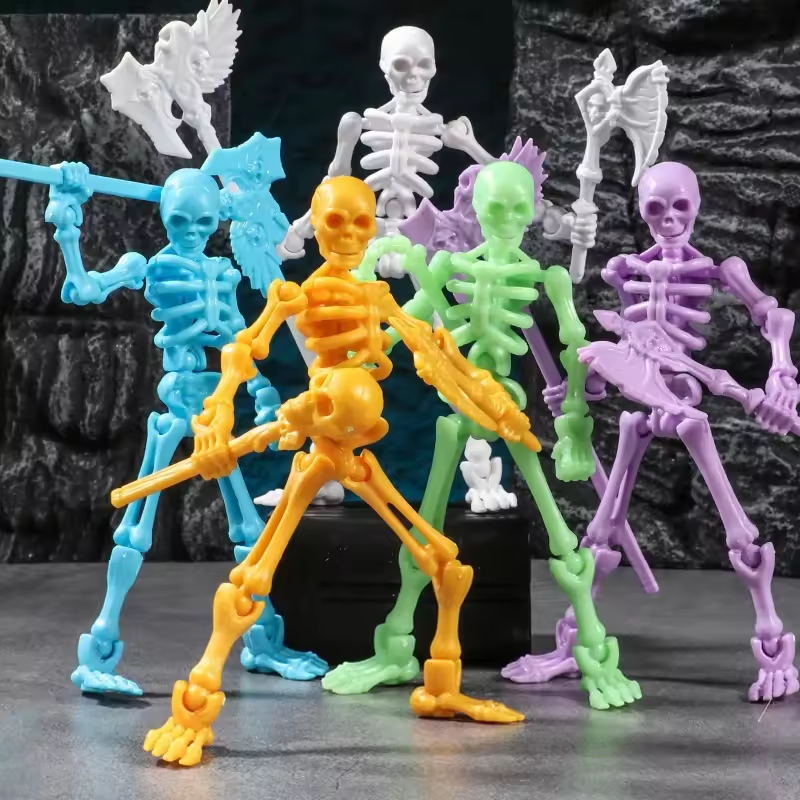Deep within the uncharted reaches of MonsterVerse, a terrifying predator lurks. The Skull Crawler, a monstrous creature with a skull-like head and a relentless appetite, has captivated audiences with its horrifying appearance and primal savagery. But beyond the fearsome facade lies a fascinating creature with a unique anatomy and complex behavior. Let’s embark on a journey to unveil the mystery of the Skull Crawler.
Part 1: A Monstrous Mosaic: The Skull Crawler’s Anatomy
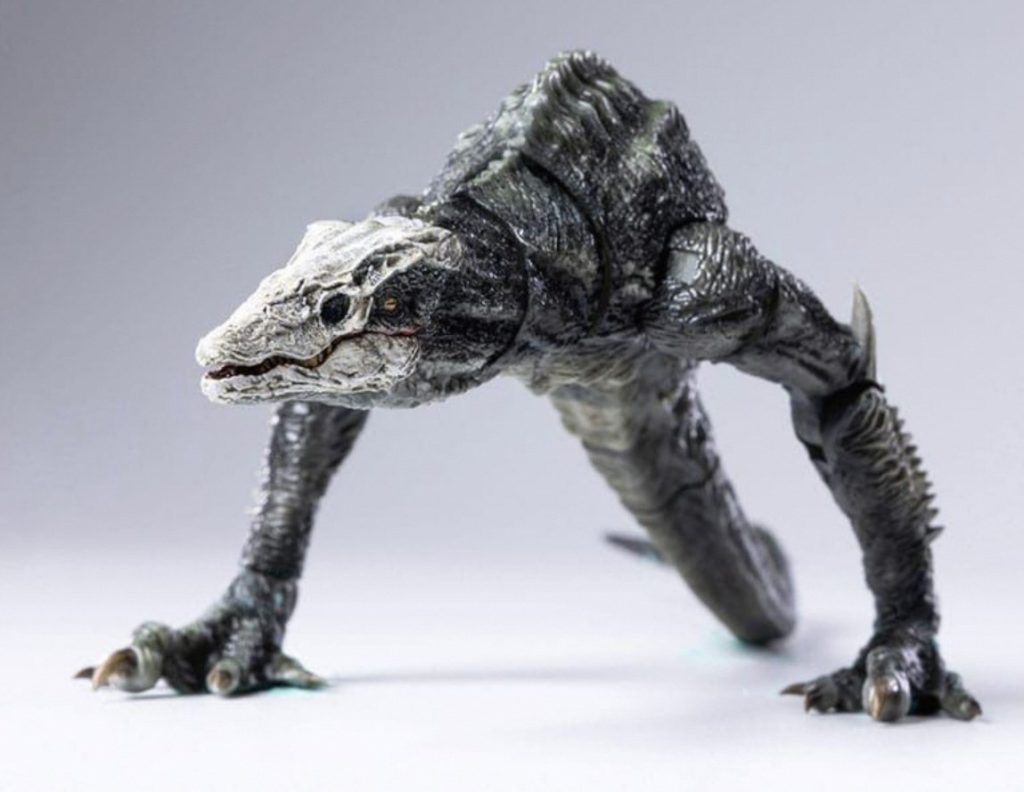
Armored for Battle: A Shell of Bone and Hide:
The formidable Skull Crawler possesses a formidable defense in the form of a thick, bony carapace, which serves as its primary protective mechanism. This armored plating is especially concentrated around its head and neck, fortifying these vital areas against potential attacks from other kaiju, while also enabling the creature to tunnel through the earth with remarkable ease. The rest of its body is covered in a leathery hide, which not only provides supplementary protection but also allows for a degree of flexibility, enhancing its agility and facilitating swift movement. This combination of natural armor and agile mobility makes the Skull Crawler a formidable predator, capable of navigating its subterranean environment with deadly efficiency, while also withstanding the rigors of combat with other creatures in its ecosystem.
More Than Just Jaws: A Multifaceted Arsenal:
The Skull Crawler’s most prominent and fearsome feature is undeniably its massive skull, which is lined with rows of razor-sharp teeth that make it a formidable predator. However, its terrifying arsenal extends far beyond its menacing bite. One of its most distinctive and lethal abilities lies in its long, prehensile tongue, endowed with a powerful grip capable of constricting and grappling unsuspecting prey from a distance. This remarkable adaptation allows the Skull Crawler to ensnare and capture victims with alarming efficiency. Adding to its predatory prowess are its powerful claws, present on its limbs, which serve a dual purpose, enabling the creature to scale various terrains with ease while also serving as formidable weapons for tearing through flesh in close combat. This deadly combination of formidable physical attributes makes the Skull Crawler an exceptionally adept and ferocious predator within its habitat.
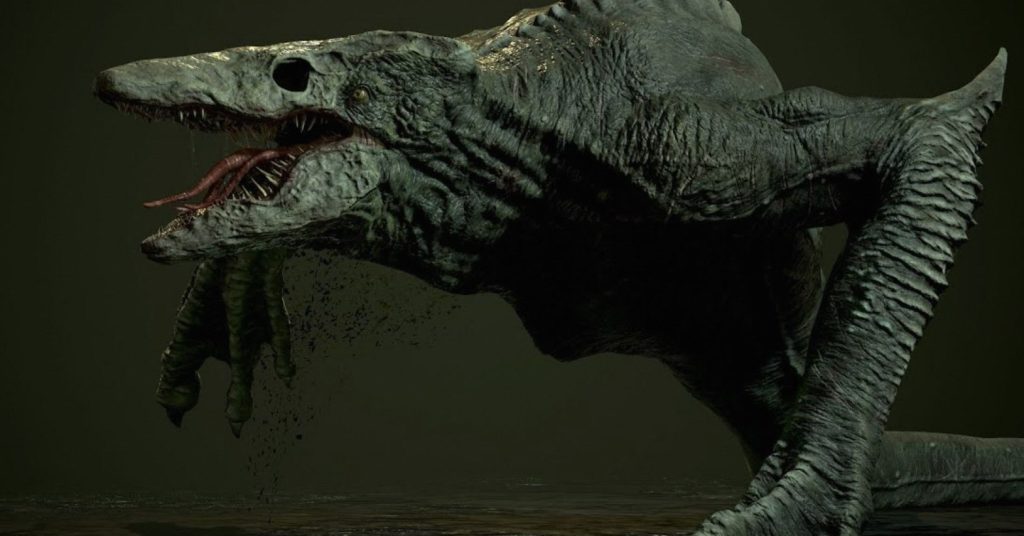
Part 2: A Primal Predator: The Skull Crawler’s Behavior
Insatiable Hunger: Driven by a Devouring Instinct:
The Skull Crawler is classified as a “hypervore” by Monarch, a scientific organization dedicated to studying kaiju. This translates to an insatiable appetite that drives the creature’s every action. Skull Crawlers are relentless hunters, capable of tracking prey over vast distances with an acute sense of smell. Their primary targets are other kaiju, but they are not above consuming smaller creatures or even scavenging carrion.
Pack Mentality with a Twist: Solitary Hunters with a Cooperative Edge:
In their natural habitats, Skull Crawlers primarily roam and hunt alone, being solitary creatures. However, there have been intriguing observations of these creatures displaying an unexpected level of cooperation and teamwork when faced with particularly formidable prey. In instances where they encounter overwhelming adversaries or larger kaiju, multiple Skull Crawlers have been documented coordinating their efforts, strategizing attacks, and leveraging their individual strengths to overwhelm and subdue their target. This surprising behavior indicates a level of intelligence and communication that goes beyond mere instinct-driven behavior, hinting at a more complex and sophisticated social dynamic among these creatures. The ability to collaborate and strategize when confronting significant challenges raises compelling questions about the cognitive capabilities and social interactions of Skull Crawlers, shedding light on their intriguing and enigmatic nature within the ecosystem of their habitat.
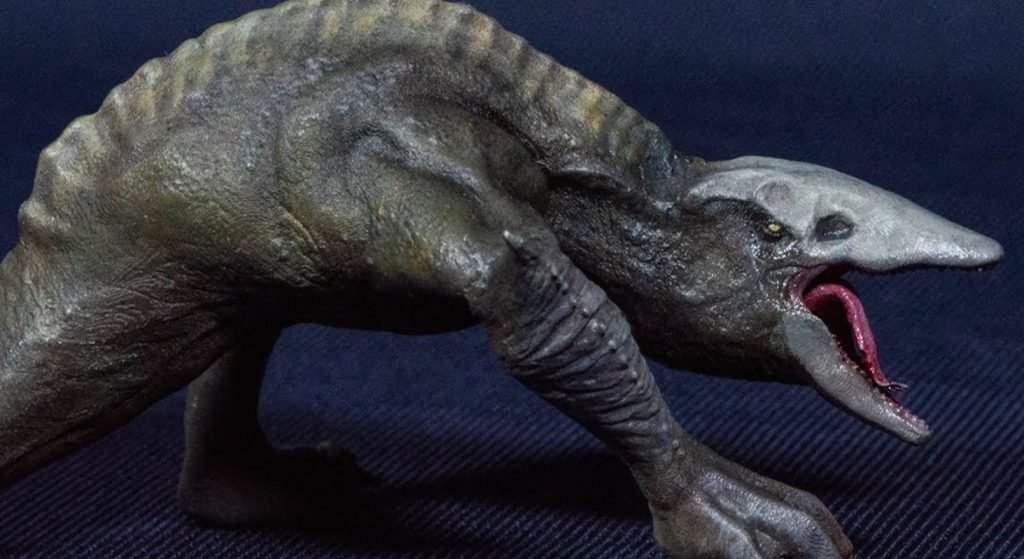
Part 3: Evolutionary Enigma: Theories on the Skull Crawler’s Origins
Subterranean Savages: A Life Spent Underground:
Their robust, bony carapace appears to facilitate their adaptation for life underground by providing vital protection and being ideally suited for burrowing through the earth, demonstrating their formidable ability to navigate and thrive in subterranean environments. This armored exterior not only shields them from potential threats but also facilitates their ability to carve through the earth with relative ease. Their adeptness in maneuvering through complex tunnel systems allows them to evade larger predators and gain access to hidden food sources, ensuring their survival in the harsh and competitive subterranean ecosystem. Furthermore, evolutionary theories propose that Skull Crawlers may have originated from smaller, burrowing ancestors that gradually adapted to the challenging subterranean environment, eventually evolving into the colossal and menacing creatures they are today. These adaptations and evolutionary pathways offer intriguing insights into the distinctive biology, behaviors, and survival strategies of these enigmatic subterranean predators.
Island or Interdimensional? The Mystery of Skull Island:
The primary habitat of Skull Crawlers appears to be Skull Island, a remote and uncharted island shrouded in mystery. However, some Monarch scientists theorize an interdimensional origin. Skull Island may act as a doorway to another dimension, allowing these creatures to enter our world and potentially explaining their unique physiology and predatory behavior.
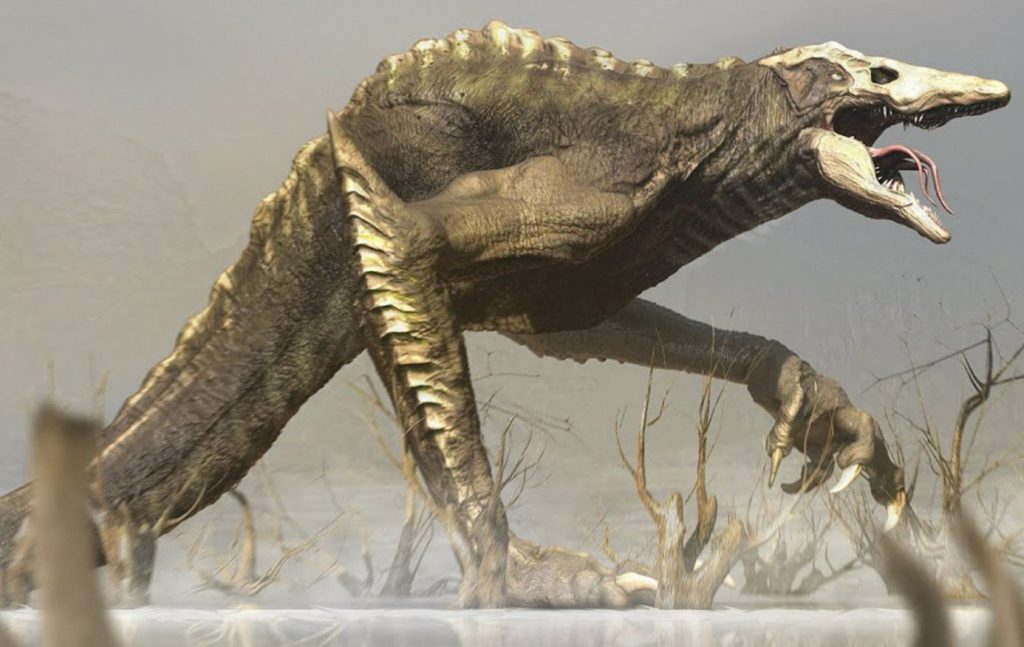
Part 4: A Threat or a Testament? The Skull Crawler’s Role in the MonsterVerse
Nature’s Terror: A Disruptive Force in the Ecological Balance:
Skull Crawlers represent a formidable menace to the delicate equilibrium of the MonsterVerse ecosystem due to their insatiable appetite and destructive behavior. Their voracious nature and predatory tendencies can significantly disrupt natural predator-prey relationships, leading to imbalances within the ecosystem. Their relentless foraging and destructive activities have the potential to devastate entire landscapes, altering the dynamics of the habitats they inhabit. Furthermore, their presence influences the availability of resources, compelling other kaiju to compete for increasingly scarce food sources and territories. This intensified competition for resources amongst various creatures within the ecosystem raises the likelihood of large-scale conflicts, further destabilizing the fragile balance of the MonsterVerse. The substantial impact of Skull Crawlers on the environment underscores the critical role these creatures play in shaping the dynamics and interactions within their habitat, illustrating the peril they pose to the broader interconnected web of life in the MonsterVerse.
A Glimpse into the Unknown: A Reminder of Hidden Secrets:
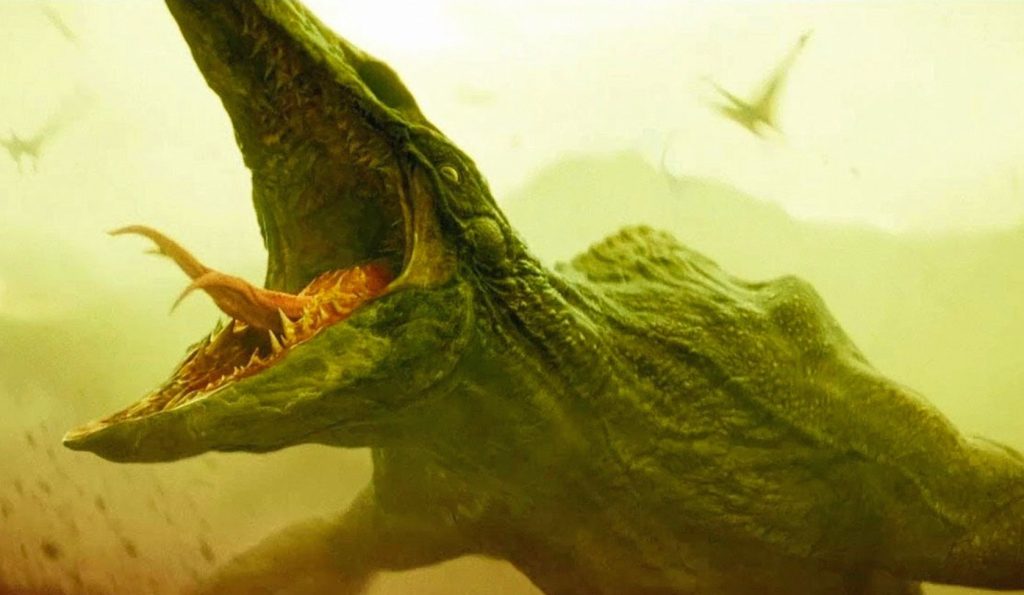
Despite the fear they inspire, Skull Crawlers also represent a fascinating anomaly in the MonsterVerse. Their existence raises questions about the true nature of our world and the possibility of other dimensions. Studying Skull Crawlers can lead to advancements in biology, geology, and even interdimensional travel, potentially revealing secrets that have remained hidden for millennia.
The Skull Crawler is more than just a terrifying monster; it’s a captivating enigma shrouded in mystery. As we delve deeper into its anatomy, behavior, and origins, we gain a greater understanding of the complex and fascinating world of the MonsterVerse. Whether they are harbingers of destruction or a testament to the wonders that lie beyond our known world, Skull Crawlers continue to pique our curiosity and fuel our desire to explore the unknown.


